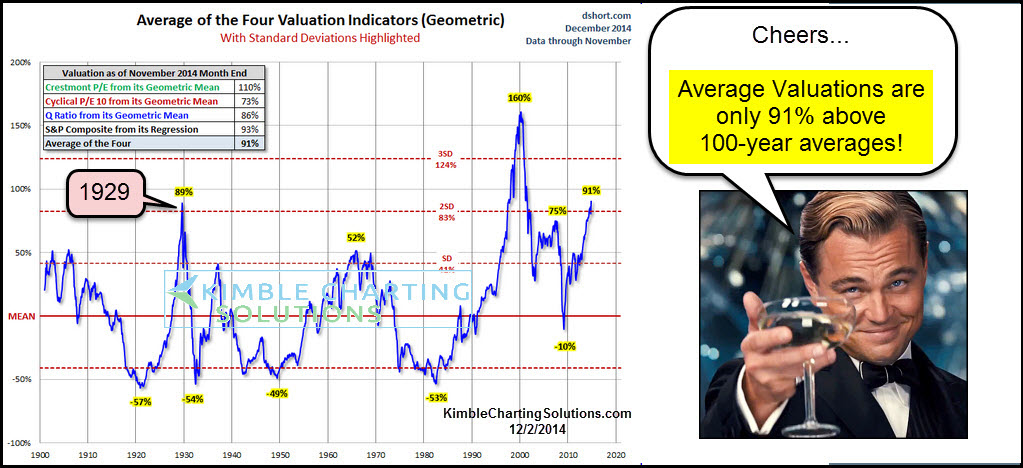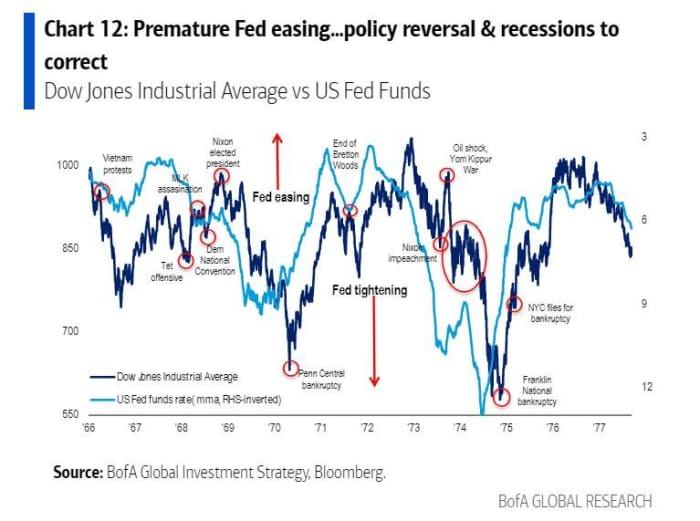Xi Jinping And The Increasing Pain Tolerance In Sino-American Relations

Table of Contents
Xi Jinping's Assertive Foreign Policy and its Impact on Sino-American Relations
Xi Jinping's ascent to power marked a turning point in China's foreign policy. His leadership has been defined by a more assertive and nationalistic approach, significantly impacting Sino-American relations.
The "China Dream" and National Rejuvenation
Xi Jinping's "China Dream" – a vision of national rejuvenation and the restoration of China's historical greatness – is a central driver of this assertive foreign policy. This ambition fuels a willingness to challenge the established US-led international order and pursue China's interests more aggressively.
- Emphasis on territorial claims: China's increasingly assertive stance in the South China Sea, with its construction of artificial islands and disregard for international arbitration rulings, exemplifies this.
- Increased military spending: Significant increases in China's military budget reflect a commitment to projecting power globally and challenging US military dominance in the Indo-Pacific region.
- Belt and Road Initiative (BRI): The BRI, a massive infrastructure initiative, is not merely an economic project but also a tool for expanding China's geopolitical influence and challenging US hegemony. This initiative expands China's global reach and creates strategic partnerships across continents.
Shifting Power Dynamics and the Rise of China
China's growing economic and military power is a critical factor contributing to its increased pain tolerance in its relationship with the US. The belief that China can withstand pressure from the US, even at a cost, is fueled by its remarkable progress.
- Technological advancements: China's rapid advancements in technology, particularly in areas like 5G, artificial intelligence, and semiconductors, have reduced its dependence on the US and given it leverage in technological competition.
- Economic growth: China's continued economic growth, despite trade wars and other challenges, strengthens its confidence and ability to endure economic pressure. This sustained growth fuels national pride and bolsters Xi Jinping's authority.
- Expansion of military capabilities: The modernization and expansion of China's military capabilities, including its navy and air force, enhance its capacity to project power and deter US intervention. This enhanced military strength allows China to pursue its interests with greater confidence.
- Growing global influence: China's growing economic and political influence in international organizations and regional forums provides it with alternative platforms to challenge US dominance and promote its own vision of global governance.
Economic Decoupling and the Willingness to Endure Economic Pain
The escalating trade war and technological competition between the US and China have led to a process of economic decoupling, with both sides willing to bear economic costs to achieve their strategic goals.
Trade Wars and Technological Competition
The trade war initiated by the Trump administration, characterized by tariffs and restrictions on trade, highlighted the willingness of both sides to endure economic pain. This conflict continues to impact global supply chains and economic growth.
- Tariff wars: The imposition of tariffs on billions of dollars' worth of goods has hurt both economies, yet neither side has fully backed down.
- Restrictions on technology transfer: The US has imposed restrictions on the transfer of sensitive technologies to China, hindering China's technological advancement but also impacting US businesses reliant on the Chinese market.
- Competition in 5G, AI, and semiconductors: The intense competition in these strategically important sectors reflects a broader struggle for technological dominance and economic leadership, willing to withstand the economic repercussions.
Diversification of Trade Partners and Reduced Reliance on the US Market
China is actively diversifying its trade relationships to reduce its dependence on the US market, a key element of its increased pain tolerance.
- Increased trade with Africa, Asia, and Latin America: China has significantly expanded its trade relationships with countries in these regions, creating alternative markets and sources of raw materials.
- Focus on regional trade agreements like RCEP: Participation in regional trade agreements like the Regional Comprehensive Economic Partnership (RCEP) provides China with access to a massive market and strengthens its regional influence, diminishing dependence on the US market. This demonstrates economic resilience.
Ideological Differences and the Limits of Cooperation
Fundamental ideological differences between the US and China are a significant source of friction, limiting the potential for cooperation and contributing to increased pain tolerance.
Differing Views on Global Governance and International Norms
The US and China hold fundamentally different views on issues such as human rights, democracy, international law, and the role of international organizations. These contrasting ideologies create significant obstacles to cooperation.
- Disagreements on human rights: The US's emphasis on human rights and democracy clashes with China's authoritarian system and its record on human rights, creating tensions and hindering cooperation on various global issues.
- Differing approaches to international law: China's increasingly assertive approach to international law, challenging established norms and institutions, fuels further mistrust and friction.
Taiwan and the Potential for Military Conflict
The issue of Taiwan is a major flashpoint in Sino-American relations, with the potential for military conflict representing a significant challenge to the established order.
- Increased Chinese military activity around Taiwan: China's increasingly frequent military exercises near Taiwan demonstrate its determination to assert control over the island.
- US arms sales to Taiwan: The US continues to supply Taiwan with defensive weapons, further escalating tensions with China.
- Differing interpretations of the "One China" policy: The differing interpretations of the "One China" policy, particularly regarding Taiwan's status, remain a significant source of disagreement.
Conclusion
The increasing pain tolerance in Sino-American relations under Xi Jinping reflects a fundamental shift in the power dynamic and strategic priorities of both nations. While economic interdependence remains, the willingness of both sides to endure economic hardship and political friction indicates a new era of heightened competition and potential conflict. Understanding the complexities of this relationship – from Xi Jinping's assertive foreign policy to the ongoing economic decoupling and ideological clashes – is crucial for navigating the challenges ahead. Further research into the evolving dynamics of Sino-American relations and Xi Jinping's strategic vision is essential to predicting future trends and mitigating potential risks. Continued analysis of the evolving US-China relations and the concept of "pain tolerance" in this context is vital for policymakers and international relations experts alike. Ignoring this growing pain tolerance in Sino-American relations could lead to unforeseen and potentially catastrophic consequences.

Featured Posts
-
 Investing In Global Stocks And Bonds A Guide For Indias Ultra Rich
Apr 25, 2025
Investing In Global Stocks And Bonds A Guide For Indias Ultra Rich
Apr 25, 2025 -
 Ryujinx Emulator Development Ceases After Nintendo Intervention
Apr 25, 2025
Ryujinx Emulator Development Ceases After Nintendo Intervention
Apr 25, 2025 -
 The Fight For Montana Senate Control Dems Vs Gop
Apr 25, 2025
The Fight For Montana Senate Control Dems Vs Gop
Apr 25, 2025 -
 Cowboys Must Draft Ashton Jeanty Stop The Games
Apr 25, 2025
Cowboys Must Draft Ashton Jeanty Stop The Games
Apr 25, 2025 -
 Best Official Coachella 2025 Merchandise From Amazon
Apr 25, 2025
Best Official Coachella 2025 Merchandise From Amazon
Apr 25, 2025
Latest Posts
-
 Bof A Reassures Investors Why High Stock Market Valuations Are Not A Threat
Apr 26, 2025
Bof A Reassures Investors Why High Stock Market Valuations Are Not A Threat
Apr 26, 2025 -
 High Stock Valuations And Investor Concerns A Bof A Analysis
Apr 26, 2025
High Stock Valuations And Investor Concerns A Bof A Analysis
Apr 26, 2025 -
 Bof As Take Why Stretched Stock Market Valuations Shouldnt Worry Investors
Apr 26, 2025
Bof As Take Why Stretched Stock Market Valuations Shouldnt Worry Investors
Apr 26, 2025 -
 Are High Stock Market Valuations A Cause For Concern Bof A Says No
Apr 26, 2025
Are High Stock Market Valuations A Cause For Concern Bof A Says No
Apr 26, 2025 -
 The Ethics Of Betting On The Los Angeles Wildfires And Similar Events
Apr 26, 2025
The Ethics Of Betting On The Los Angeles Wildfires And Similar Events
Apr 26, 2025
